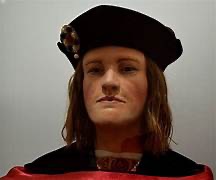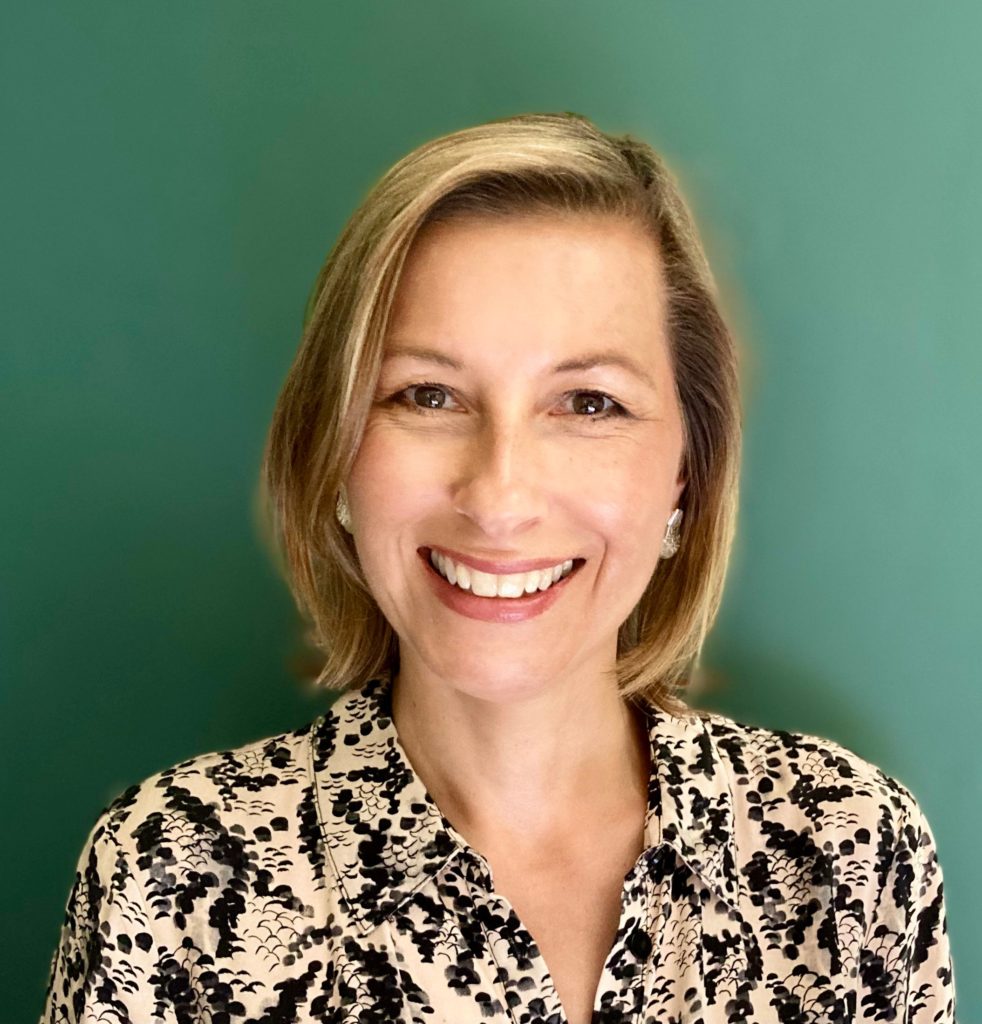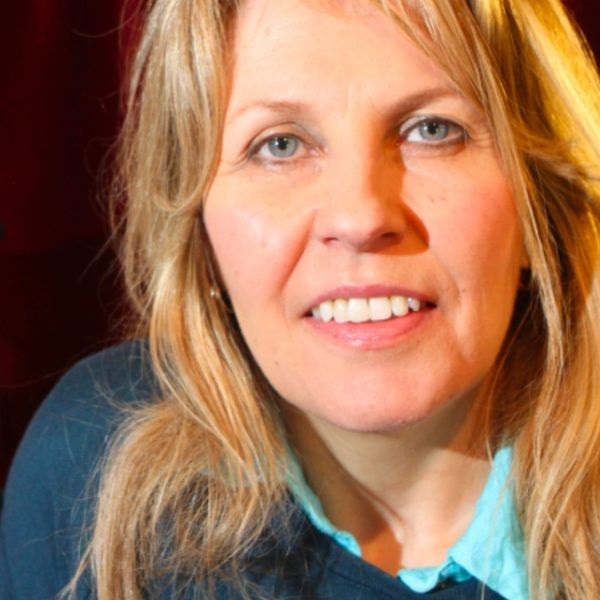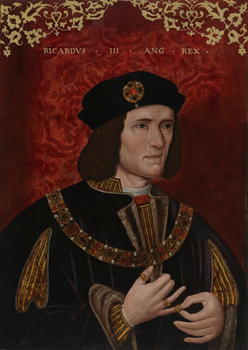
IMAGINE if you could see and hear King Richard III speaking his own words. Imagine experiencing him breathing, thinking and effectively being “brought back to life”’.
On Sunday, in a six-hour conference-style launch event at York Theatre Royal, state-of-the-art technology will reveal for the first time a moving, “living” face of the long-dead king enunciating in the tongue of his Plantagenet time. More Yorkshire than pucker, apparently.
What began for Yvonne Morley-Chisholm, voice teacher, vocal coach and project originator, more than a decade ago as an after-dinner entertainment to compare Shakespeare’s character with what we know of the real man, developed quickly into a research project.
The focus would be unique: to “explore the possibility of creating a literal voice for a long-dead historical figure”. Fast forward ten years to November 17 2024 when this international launch event will cover how the pieces of a complex puzzle came together using primary evidence.
This is the new science of Historical Human Reconstruction or Postmortalism, one that uses an avatar of the person, based on the reconstruction of their head, to provide an entirely new way to learn of the past. In this instance, we can understand more about the last Plantagenet king of England, who reigned from June 26 1483 to August 22 1485, while also paving the way for other historical avatars.
Sunday’s “reveal” comes against the background of the endless controversy surrounding this besmirched monarch, Richard of York, 3rd Duke of York, and the questions raised over his actions and personality: was he a good man or a murderous psychopath, the maligned, malignant Crookback of Shakespeare’s play, The Tragedy of Richard the Third?
Now King Richard III will speak for himself after experts from across the United Kingdom and abroad joined in this pioneering collaboration. Some will share presentations during Sunday’s international launch event, booked into York Theatre Royal from 12 noon to 6pm, climaxing with the final “reveal” at 5.30pm.
Taking the rostrum along with Yvonne Morley-Chisholm will be the key collaborator, cranio-facial identification expert Professor Caroline Wilkinson and her Face Lab team, from Liverpool John Moores University, and Professor David Crystal OBE, linguist and specialist in Original Pronunciation.

Joining them will be playwright Dr Bridget Foreman, lecturer in playwriting at the University of York; Matthew Lewis, author, historian and History Hit podcaster; Philippa Langley MBE, author, historian and film producer, who led the search for Richard III’s remains under a Leicester car park, and actor Thomas Dennis, whose vocal performance and facial movements were chosen to animate the avatar made from King Richard III’s facial reconstruction.
As well as exploring the true history of King Richard III, the event will feature discussions on a range of topics including Medieval History, Linguistics, Original (Historical) Pronunciation, Craniofacial Reconstruction, Forensic Psychology, Voice and Dialect, Historical Human Reconstruction, Postmortalism, CGI and Motion-Capture, among other specialisms.
Yvonne Morley-Chisholm said: “It’s been the greatest privilege to work with Professor Caroline Wilkinson. Her team at Face Lab are working towards animating the face of King Richard III from real-time motion capture.
“Professor Wilkinson’s work provides the physical nucleus while mine provides the vocal nucleus in this ‘world first’. This is the new science of Historical Human Reconstruction or Postmortalism, using an avatar of the real king based on the reconstruction of his head.
“I am also deeply honoured to be working with Professor David Crystal, who is the internationally recognised, leading expert in Original Pronunciation. He has created a reconstruction of the king’s pronunciation using personal letters and documents. The result is as close as anyone can get to King Richard III’s speech from the time in which he lived and reigned.
“I am grateful for the many others who have helped to shape each piece of the puzzle in this pioneering and unique collaboration. The project has achieved more than I ever dared to imagine it could.
“We are bringing a long dead king back to a kind of ‘life’. We are learning more about the real man in doing so. With state-of-the-art motion-capture technology, CGI animation and the like, I hope that – for those who find history a little dull – we are making it ‘cool’.”
Professor Caroline Wilkinson said: “Since we produced the facial reconstruction of Richard III in 2012, we have dreamt about bringing him alive, to see him move and speak his own words. With the help of advanced digital avatar technology and Yvonne’s voice team, we have been able to realise this dream.
“The result has exceeded our expectations and represents the most authentic and realistic portrait of this great king, based on all the evidence available.”

Professor David Crystal said: “I think people will be surprised to hear a kind of speech that is a fascinating mixture of the familiar and the unfamiliar. English pronunciation has changed a lot since the 15th century, but it’s still very intelligible to modern ears.”
Matthew Lewis said: “We live in an age experienced and digested through media. We’re surrounded by the images and voices of all kinds of people. Yet not so long ago, we have no images beyond portraiture, which often comes years after a person’s death. We have no recordings of their voices to hear them, and in an age before diaries were commonplace, little hope of piercing beyond public personas.
“The Voice For Richard Project is a stunning example of how science, technology and history can come together to help bridge the distance of time that separates us from those we have heard of but could never have heard.
“This is as close as we can get to being in the room in the 15th century when a king speaks. I can’t wait for the world to see the culmination of ten years of hard work and innovation.”
Philippa Langley MBE said: “To help bring Richard to life, research into his character focused on contemporary descriptions from his own lifetime. These included private letters and a diary. The results corresponded directly with similar public descriptions offering a probability bordering on certainty of his recognised character from his lifetime.
“The results, to be premiered in York, will be a technological, scientific and historic break-through in aiding our understanding of the past and this important historical figure.
“It’s been the most incredible honour to be part of this cross-platform research over its ten years and I would like to thank Yvonne Morley-Chisholm for inviting me to be a part of her team. The world premiere in York promises to be extraordinary.”
Tickets: 01904 623568 or yorktheatreroyal.co.uk/show/a-voice-for-king-richard-iii/. Further information: avoiceforrichard.co.uk. Sunday’s event will be live-streamed too at yorktheatreroyal.co.uk/show/a-voice-for-king-richard-iii-livestream/.

Richard III: the (hunch)back story
BORN on October 2 1452, he grew up at Middleham Castle in the Yorkshire Dales. Visited York several times during his short reign as King of England from June 26 1483 until his death at the Battle of Bosworth Field in 1485, aged 32.
Last king of the House of York and the last of the Plantagenet dynasty. His defeat at Bosworth was the penultimate battle in the Wars of the Roses and ushered in the Tudor dynasty. The last battle? The Battle of Stoke Field, June 16 1487.
His remains were discovered in 2012 under a car park in Leicester by University of Leicester Archaeological Services and Philippa Langley MBE, of the Richard III Society, through her original Looking For Richard Project.
Philippa’s search for the king’s grave was the subject of the award-winning TV documentary Richard III: The King In The Car Park. The remains were identified using scientific disciplines including DNA analysis and are now interred at Leicester Cathedral.
A Voice for Richard III international launch event schedule, York Theatre Royal, Sunday
12 noon to 1.30pm: First session: From the myths to the man, presented by Dr Bridget Foreman, Matthew Lewis and Philippa Langley. 1.30pm: Lunch break.
2.30pm to 4pm: Second session: The experts speak: Historical Human reconstruction, presented by Prof Caroline Wilkinson, Prof David Crystal and Yvonne Morley-Chisholm. 4pm: Break.
4.30pm to 6pm: Third session: Continuation and culmination: the reveal (5.30pm). Documentary excerpts from History Hit, followed by Yvonne Morley-Chisholm talking with Thomas Dennis, the actor chosen to be the face and voice of the king, leading to film of King Richard III’s face speaking his own words in his own pronunciation.
